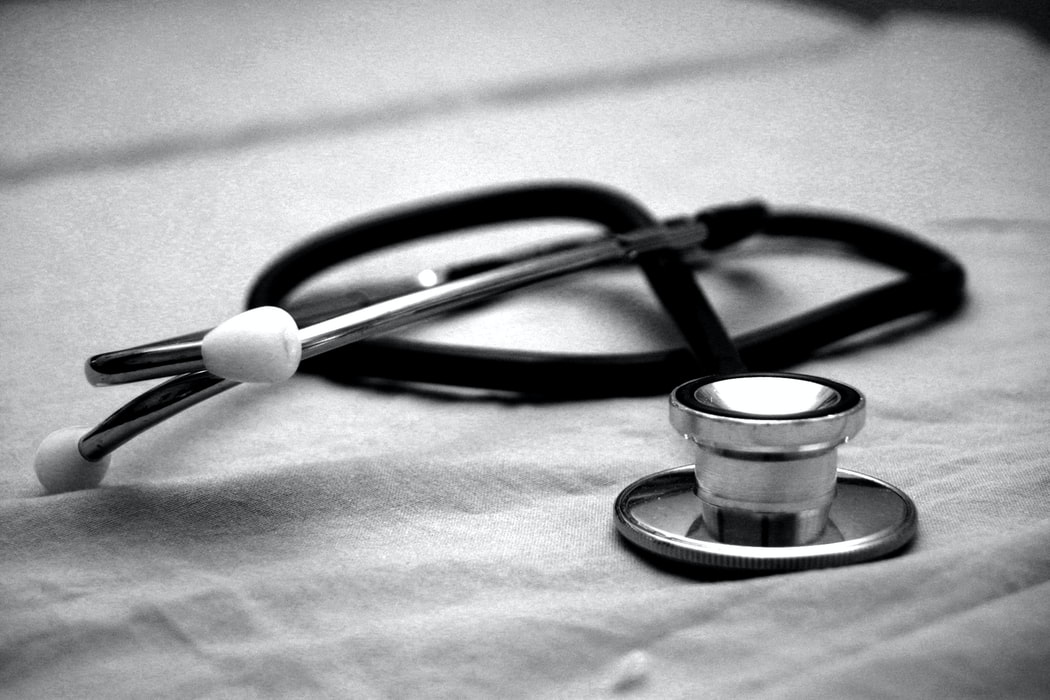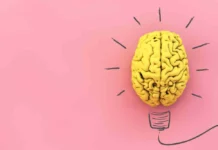
Medicine is a science that deals with the diagnosis and treatment of diseases and is probably the most important scientific discipline for the general well-being of people that exists. Ever since the beginning of mankind, we have aspired to cure diseases and prolong life. And of course, we have succeeded to a significant extent because, throughout the history of mankind, life expectancy is constantly being extended. The reason for this is the continuous progress of medicine and other related sciences.
And even now as you read this article, many doctors and scientists are working on new methods of diagnosis and treatment that will be available to us in a few years and even further increase our life span and improve quality of life. But those inventions, although very useful, do not change the lives of all the human race so much, like these 7 most important medical inventions in history did when first appeared.
-
Vaccine

Currently, the vaccine is back in the spotlight, as the whole world is waiting for it to stop the coronavirus pandemic. That is why it definitely deserves a place on this list, due to its immense importance from the first use until today. At the end of the 18th century, something similar to a vaccine was first administered to stop the spread of smallpox. From then until today, vaccines have been invented for various diseases and thanks to vaccines many diseases have been eradicated.
Some of the eradicated diseases are Polio, Tetanus, Smallpox and many others. Today, various vaccines are given to children in the first year after birth, and there are vaccines that are received every year, such as the flu vaccine. There are more and more of those who serve to prevent cancer. Although there is growing popularity of the anti-vaccine movements, that is certainly one of the greatest inventions in human history and will help us defeat the pandemic.
-
CT Scanner and MRI

Magnetic resonance imaging and computed tomography scan are medical imaging techniques that have brought a complete revolution in treatment. They made it possible to determine the exact location of the disease and to start treating that place without randomly damaging healthy tissues. Also, it made it possible to see the man’s interior without cutting open.
With this, the difference between cancer and normal cells can be seen and these methods of examination are constantly being improved. Positron emission tomography is another medical imaging technique that is often used. The discovery of these medical imaging techniques is proof of how different sciences must work together, because it was not medical doctors who first concluded how it could be used, but astrophysicists who studied the stars and then came up with the idea of how it could be used for medical purposes.
-
Antibiotics

The first antibiotic to be discovered was penicillin and it was done by the famous Alexander Fleming. Until then, some bacteria, insignificant today, were deadly. Fleming accidentally discovered penicillin, and it was only two decades later, after World War II, that penicillin began to be used regularly.
Also to date, many different antibiotics have been discovered, which cure various diseases. But new treatments are being worked on in the treatment of bacteria, as bacteria become immune to many antibiotics.
-
Organ transplants

If you had told someone 100 years ago that an organ from one person would be able to be transplanted into another person and be fully functional, you would think it is crazy. But since the 1950s, when the first kidney transplant was done, it has become something that has saved millions of lives.
First, it was necessary to overcome the problems related to the operation itself, and then to invent drugs so that the new organ would not be rejected by the body’s immunity. Less than 15 years have passed since the first transplant in 1954, until transplants of all other organs were performed. And in the new millennium, we have come to hand and face transplantation, which is completely revolutionary. Currently, scientists are trying to overcome various obstacles and do a brain transplant.
-
Hypodermic needle

The hypodermic needle is something we don’t even think about as something revolutionary, but imagine how hard it would be to do different things if it didn’t exist?
Although since ancient Rome people have used hollow tools to inject something into the body, it was only 150 years ago that the hypodermic needle appeared as it is today. Today, it has further advanced and serves to easily determine and administer the drug in the body, and also to extract fluids with a very low risk of contamination.
-
Stethoscope

Stethoscopes have become a trademark of every doctor, because they always carry it with them. But it is a very important invention, which enabled doctors to listen to the heartbeat and breathing without any invasive method.
This was devised by a French doctor, who could not hear his patient’s heartbeat because the patient was too fat. Then he concluded that he had to make something that would amplified the sound and so he found a stethoscope. The stethoscope has hardly changed since then and is still used to listen to the lungs and heart.
-
X-Ray imaging

Until the advent of X-ray imaging, it was virtually impossible to determine exactly where a bone was broken and therefore it was difficult to treat the problem. And this, as well as MRI and CT was discovered by accident, while scientists are studying something else. In this case it was how electric currents passing through a gas of extremely low pressure.
That brought Röntgen the first-ever Nobel Prize and to this day X-rays are commonly called by his name. If you watched the TV show “The Knick” you could see that it took an hour to make an x-ray image in the early 20th century, which, although a great discovery, had one drawback, and that is too long exposure to radiation. Of course, to this day, this problem has been solved.
Conclusion
We can only be grateful that there are such minds who invented all this and that there will be new inventions in the future that will save our lives. Who knows, maybe one day you invent something too. This is certainly easier nowadays, because there are companies like Invent Help that can help you in this endeavor. You can read more about how to bring your invention to life.
















